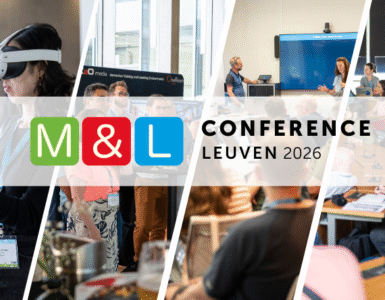In March 2020, with the effects of COVID-19, MIT was forced to transition from in person teaching to remote online teaching for the spring and fall semesters. Now, as we focus on the spring 2021 semester, the office of Open Learning will continue to focus on remote learning and creation of MOOCs, using both Open CourseWare (OCW) and MITx.
In order to understand the current state we’re in, we need to look back at 2020 to what actions worked. Very early on, Open Learning knew that having a place where everyone could go to learn about remote learning and other resources for online learning was instrumental. We developed Teach Remote, a website for the MIT community to share resources for teaching remotely and online, including several resources on asynchronous and synchronous video production. We created several presentations on how to transition to remote learning focusing on pedagogy, practical considerations and software workflows.
In 2021, as the COVID-19 pandemic keeps learners’ home, visits to the OCW site have increased by 75%. In MITx, which offers massive, open, online courses (MOOCs), learners flocked to our courses, receiving more than a half million new enrollments:
- 807 total course runs
- 4.4 million unique learners
- 10 million total registrations
- 230K certificates issued
Given that our main goal is sharing MIT learning material with the world, courses are now available on the MIT Open Learning Library (OLL). The library built on OpenEdX, features selected educational content from OCW and MITx courses. You can take advantage of the interactive auto-graded assignments. Everything in OLL is available to the public at no cost for an unlimited period. The purpose of this project is to broaden our reach and better realize our mission of sharing MIT with the world.
Speaking specifically on media production, within MITx, COVID-19 brought about many challenges for creating video content for MOOCs, some of which were:
- Training faculty to film lectures at home using equipment
- Faculty using different types of software (OBS, Zoom, at home equipment)
- Accessibility, time zones and low bandwidth
- MIT filming restrictions on campus
Communication with faculty is key. While some faculty created makeshift studios in their homes, many wanted a simple, easy solution to get their content online. Given the strict restrictions on being on campus, many realized that filming at home would be the best option. With 4K cameras on many smartphones, MITx supplied faculty with easy at home equipment, including ring lights and microphones. We’re still learning what worked and what hasn’t worked, but we know these ideas are essential to producing engaging at home video content:
- Faculty must work with MITx to determine pedagogy and content in advance. whether synchronous or asynchronous or both, faculty need to determine workflow.
- Creating a how-to video is a MUST! We created two videos, how to set up your at-home teaching space and how to record.
- Faculty giving virtual tours of their home teaching space is essential to determine the best background to use.
- Testing is key. Holding meetings with faculty worked best by zooming or Face Timing within in the same space they will be filming in. It’s much easier to trouble shoot lighting and framing.
- Filming in 4K gives us more flexibility in post-production with framing and color correction
As we start the spring semester, coupled with the uncertainty of vaccination access, MITx will continue to focus on at home filming. Even with the access to vaccines, we believe that at home filming will remain popular amongst faculty.
Check out the Open Learning website at MIT.

Author
Lana Scott
Massachusetts Institute of Technology (MIT)













